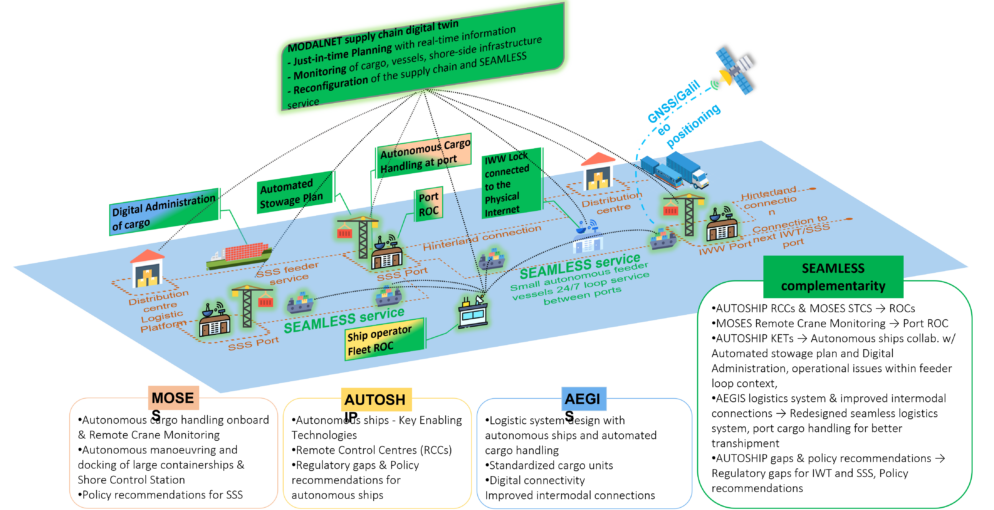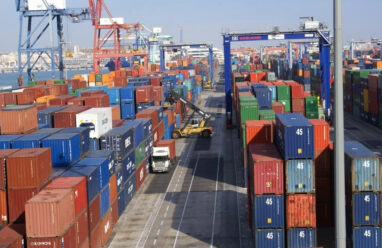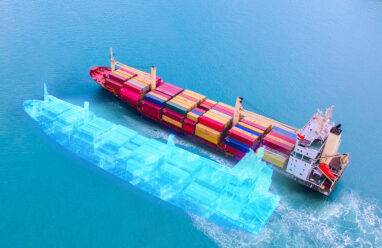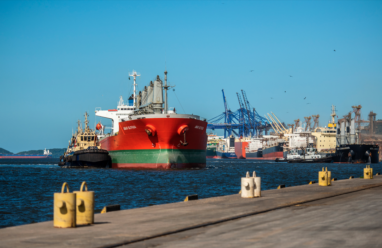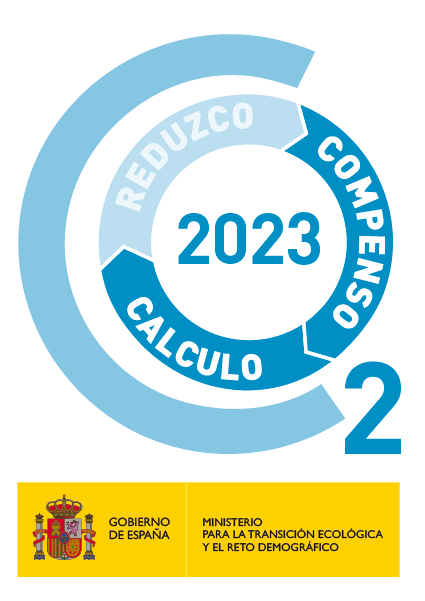The objective of SEAMLESS is to develop and adapt the missing technological components to create a fully automated and economically viable freight transport service that can be applied in both short sea shipping (SSS) and inland waterway transport.
The project will focus on developing and adapting the basic elements and enablers needed to successfully implement the service. One of the main objectives of SEAMLESS is to shift road freight transport to inland waterways while improving the performance of the TEN-T network, through the development and integration of autonomous systems.
The services will be based on a redesigned logistics system that will allow seamless cargo flows while minimising delays at intermodal nodes. A digital bird’s eye view of the supply chain allows real-time information to be exploited for optimisation and reconfiguration of planning in support of resilient logistics, including digitised administrative procedures.
The core components of SEAMLESS will be verified and validated through full-scale demonstrations in selected real-life scenarios. Transferability will be fully demonstrated in selected use cases covering a wide range of transport applications and geographical regions across Europe. Based on a structured methodological framework assessing sustainability criteria, they will guide the replication of project results beyond the scope and duration of the project.
In doing so, new business models will be developed that will provide a framework for the implementation of the SEAMLESS service in order to minimise the investment risk for precursors. Regulatory gaps and challenges related to the autonomous operation of vessels (e.g. social aspects) will be identified, and recommendations will be provided to policy makers to enable the smooth and safe deployment of fully automated services.
The specific objectives are:
- Improve the cost-effectiveness and safety of highly automated and autonomous port infrastructures in SSS and inland waterway ports where autonomous vessels are calling.
- Simplifying implementation requirements and reducing investment and safety risks of waterborne transport services
- Developing and expanding business models based on sustainability and autonomy for inland waterway and short sea shipping
- Provide full and seamless integration of the autonomous power supply system into the digital transport ecosystem and promote synchromodality
- Provide a list of recommendations and a roadmap for the legal and regulatory framework for SSS and inland navigation, to make their deployment safer and less costly and to reduce risks for early adopters.
The building blocks on which the pilots are based are:
- Autonomous port interface (autonomous mooring module, autonomous cargo handling module, automatic stowage planning and intelligent autonomous ship manager in ports).
- Concepts of operations and autonomous modular vessels.
- Integrated supply chain block – Digital Twin
Two demonstrators and a series of transferability cases will be carried out in the project:
- Demonstrator case – Autonomous ship from Bergen Port to Agotnes Port moving Ro-Ro traffic in Norway.
- Demonstrator case – Inland barge with 80 TEU connecting Antwerp with two destinations: Dourges via Lille in France and Duisburg in Germany by IWT
- Transferability case Rouen-Le Havre – Bulk and Ro-Ro by IWT
- Transferability case Antwerp-Hull (UK) – Ro-Ro and Container by SSS
- Transferability case Venice-Piraeus – Ro-Ro by SSS
- Transferability case Galati and Duisburg – Container and Ro-Ro by IWT
- Transferability case Piraeus – Galati-Piraeus – Container by SSS
- Transferability case Sagunto and Gandía – Container and Ro-Ro through cabotage
Fundación Valenciaport leads WP5 “Digitalizing logistics operations” and participates actively in WP2 “Redesigning Logistics” and WP6 “Evaluating impact and developing sustainability-driven business models”.

